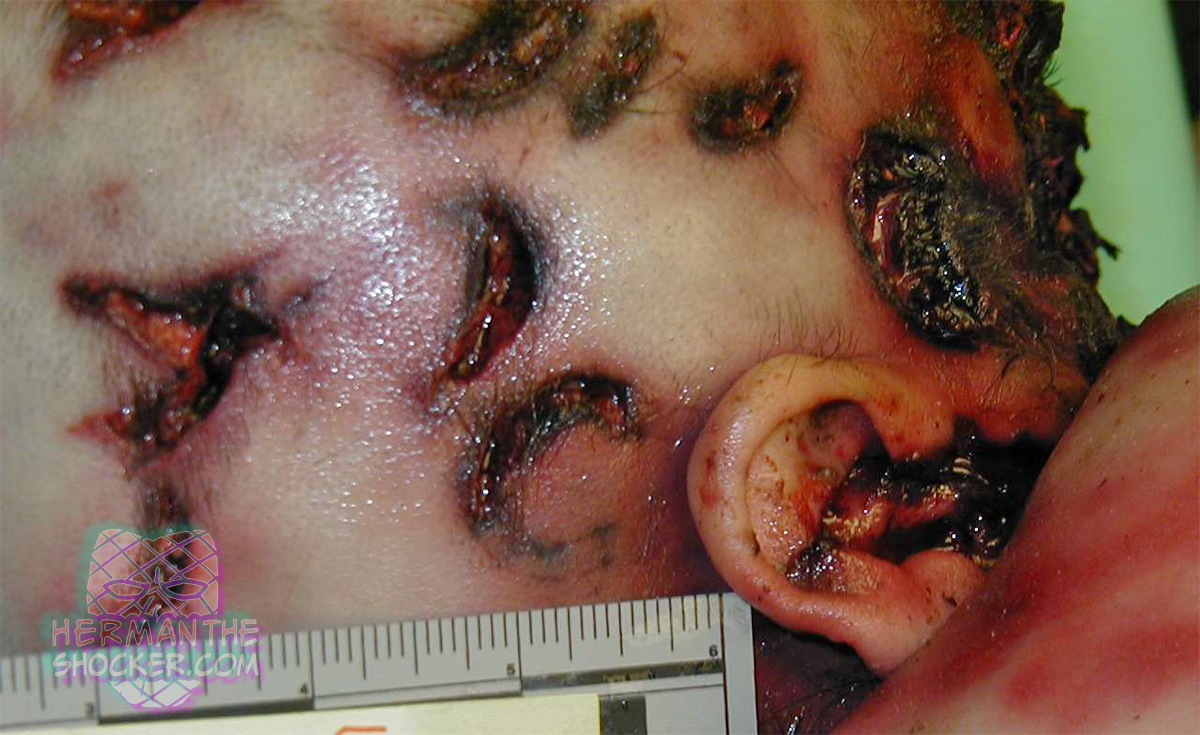Fatal lacerations from hammer on the head. No further info. Claw hammers have the specific characteristic of having two distinct ends: one a flat head of variable form, the other bifurcated. So the use of this tool as a blunt instrument will cause varying injuries.
A first injury composed of integumentary lacerations and underlying bone injuries in terms of “shape” suggested the use of a blunt instrument. A second injury made up of damage showing two parallel wounds or two wounds located one in the extension of the other suggested the use of an object with a bifurcated end. The combination of both types of injury should alert examiners to the possibility of the use of a claw hammer in causing the injuries in order to help direct investigators in their investigations and in the search for the weapon used.
Latest posts








